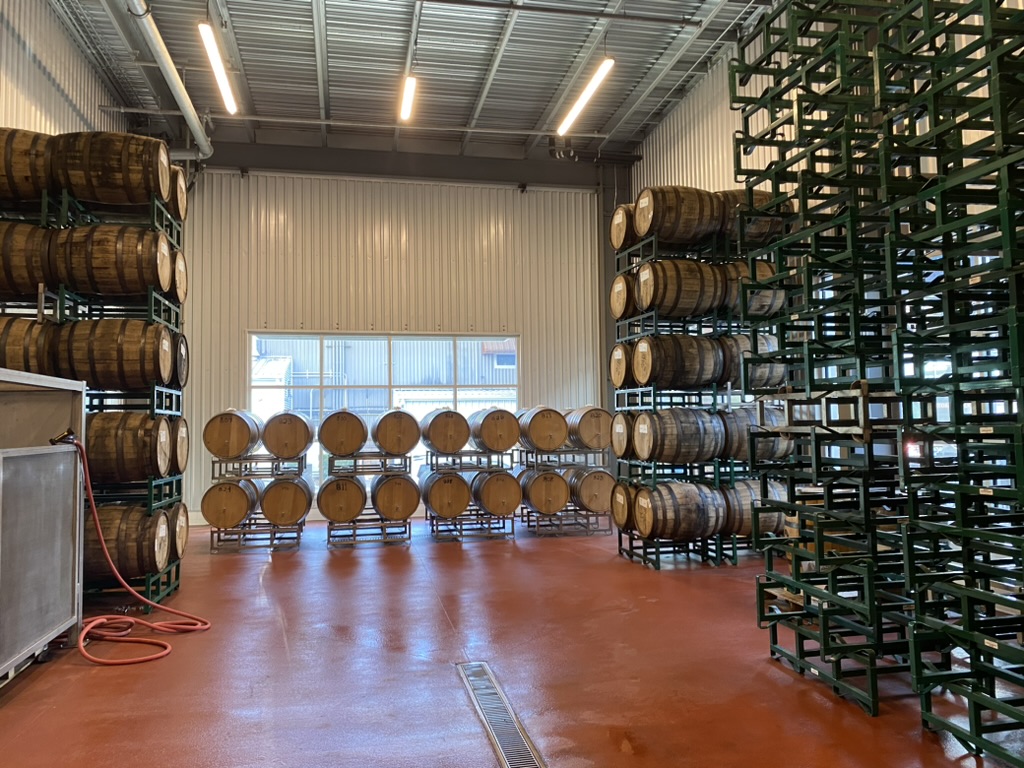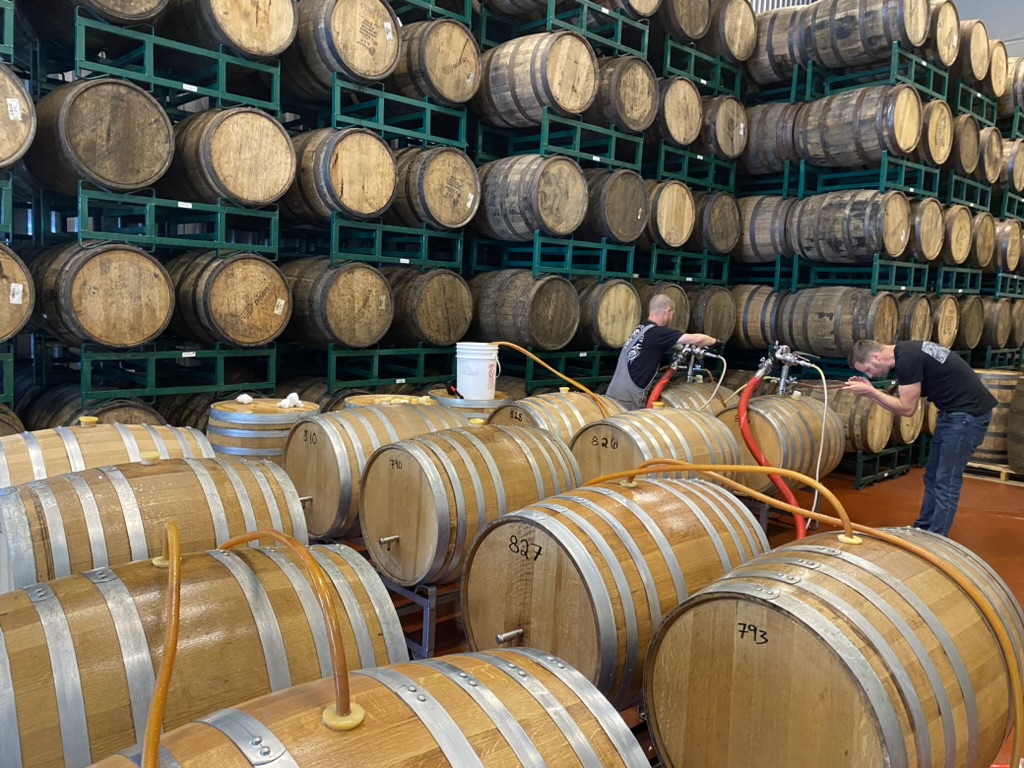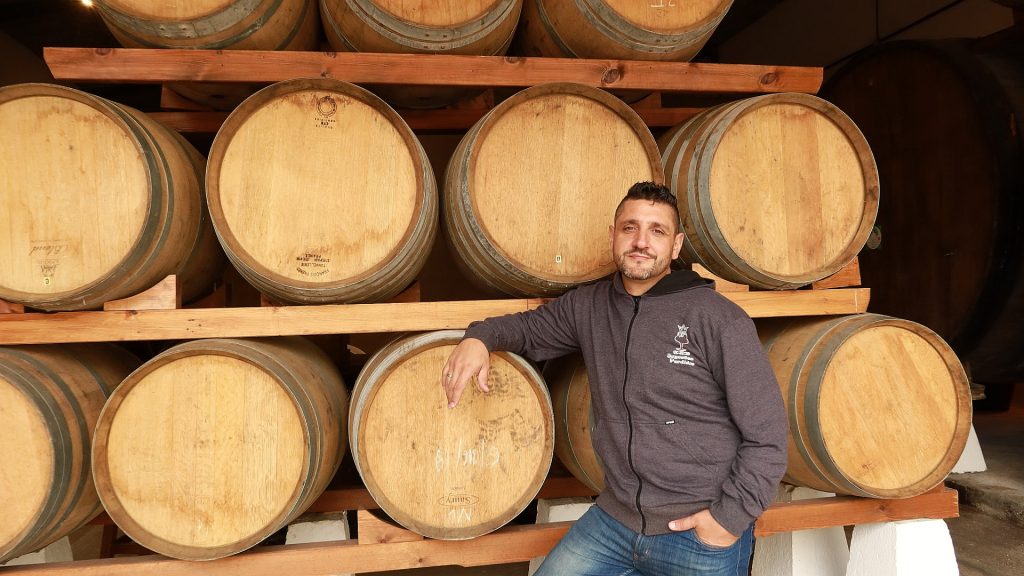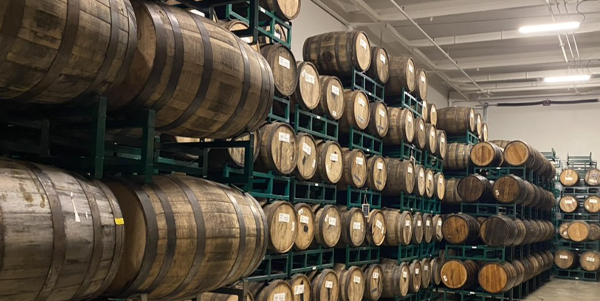An efficient barrel-aging program is not just about “beer, barrel and time”. It requires a clear vision of the desired outcome and, above all, the continuity of a sustainable process that minimizes wasted time and money, so that the project is not just marketing material, but becomes a solid source of revenue.
Any brewer who has experimented with barrel-aged beers knows that the idea is romantic… until the time comes to bottle and evaluate the economic results. It is then that they find out that the space chosen to store the barrels was not the best, the losses are significant, the beer did not develop the expected profile and the question arises: what to do with the beer and now empty barrel? These and other questions will cause a brewer to reconsider how to improve this process and to develop it as efficiently as possible.
Visualizing the result
The first step is to know exactly what end-product characteristic you are seeking for your program. As Alice in Wonderland says, “If you don’t know where you’re going, any road will take you there.” If a complex and sophisticated product that can be repeated is the goal, chance may be taken out of the equation and the type of barrel chosen should be selected according to the beer that it to be aged. Having resolved this “barrel-beer” pairing, the most important consideration now is the quality and moisture content of the barrel: if the barrel selection or filling timings are poor, everything done downstream will be marked by this initial mistake.
Matt Brynildson, brewmaster at Firestone Walker (FW), has one of the most admired barrel-aged programs in the world, and he emphasizes that freshness upon receipt of the barrel is key: “We must coordinate directly with the distillers to manage the quality and cost of the barrel selected. The goal is to get the barrels to the brewery as soon as possible after emptying from the distillate, avoiding excess time and heat exposure,” Matt says. If a barrel dries out, the shrinkage of the staves is likely to cause leakage when filling. In addition, exposure to oxygen can encourage the growth of unwanted microorganisms, which could acidify a clean beer and ruin it completely. Normally in clean beers, FW applies a single use to distillate barrels.
Fal Allen, head of Anderson Valley’s (AV) successful barrel program, agrees on the importance of barrel freshness and adds that another determining factor is barrel construction: “Wine barrels are of better quality than bourbon barrels because they are built from the ground up for multiple uses. Bourbon barrels are originally designed to be used only once, even if they are later sold. We have found that wine barrels can be reused many times and last for decades, which is especially useful in sour beer programs.”
It is not only the supplier and traceability of the barrel that is crucial: being clear about the type of beers and how to age them, as well as deciding how to continue the program after the first use, are the first steps to ensure the start of an optimal process.
To reuse or not to reuse? That is the question…
An important decision is whether or not to reuse a barrel. There are several aspects to consider: “We think of barrels like we think of malt, hops or any other ingredient: we want the best quality at the right price,” says Matt. If barrels are seen as an ingredient, reusing it can save $5 to $20 per case of beer because it significant impact the cost calculation. “You can significantly reduce the cost of production by cleaning and reusing barrels, something winemakers do all the time. However, you also greatly reduce the flavor impact provided by the barrel.”
In the same vein, Fal warns, “First-use barrels have a very intense flavor, both from the previous contents and from the wood itself. In the first use, we extract many of these flavors, but if we decide to reuse the barrel and sanitize it, the cleaning will remove even more flavor.” The decision to reuse a barrel and the selection of the cleaning method will depend on the desired result: this loss of flavor must always be considered to be able to reuse that particular barrel, for example, for blends where the flavor of a very intense barrel needs to be attenuated.

The kind of cleaning applied to the barrel plays a crucial role in develop in the flavor of future productions. In sour beers, a hot water rinse may be sufficient to avoid altering a microflora that is important to preserve for the next batch, while for a clean beer, a more aggressive steam or ozone cleaning may provide “peace of mind”. However, the deeper the cleaning, the greater the loss of both flavor and microflora.
As with the barrel selection for first use, timing is key if we decide to reuse it: it should not be allowed to dry out, and exposure to oxygen and high temperatures should be avoided. In the end, it is a cost/benefit balance, always considering the quality of the final product.
Efficient storage
One of the biggest challenges in planning a barrel-aging program is storage. Not only because of mobility and access to the barrels, but also because of temperature control, which can influence the development or inhibition of microorganisms, cross-contamination and flavor extraction.
The storage time, humidity, temperature and location of each barrel are critical factors when filling barrels. According to Fal, “Barrel placement affects temperature, evaporation, flavor transfer and storage management by the brewer. They should be positioned to minimize movement, as moving them frequently is time consuming and can be dangerous. Barrels are best stored in cool environments (6-10 °C), which helps reduce evaporation and slows unwanted bacterial growth in clean beers.” Also, barrel movement can result in undesirable micro-oxidation and potentially break the pellicle in sour beers.
At Anderson Valley, clean beers are stored at low temperatures while sours are kept in another location at a temperature between 13°C and 21°C. “Exceeding 25°C can start to cause problems,” says Fal. An interesting fact is that they keep the lights on 24 hours a day in certain areas to avoid the proliferation of fungus due to humidity, both in the storage space and in the barrels themselves, which saves maintenance and possible off flavors.

At Firestone Walker, Matt also uses temperature control in his barrel room and employs racks to stack barrels efficiently. “We use racks like wine cellars, which can be stacked up to six high and make for easy forklift handling. This way we can transfer beer in and out of the barrels while they are on the racks, always resting at floor level. The barrels can be rotated with the bung holes facing downwards to clean them on the racks themselves and then rotated upwards again to fill them”. This practice avoids accidents, facilitates the operation and saves valuable time, especially when the program is operating at a larger scale.
Conclusions
Mike Gerhart, Senior Advisor, Technical Services at First Key Consulting and former Chief Operating Officer at Hill Farmstead Brewery states, “Running an efficient barrel-aged beer program is a constant challenge of precision and logistics. It’s about managing time, temperature, and storage space while minimizing waste and spoilage. With each barrel, there’s a careful balancing act between flavor extraction and over-aging, and it requires ongoing care and attention to ensure consistency across batches.”
In an oversaturated high-end market segment where it is difficult to attract customers [1], a barrel program must be as efficient as possible to be profitable while offering excellent products at competitive prices. Given all the complexities of a barrel program, there are many additional factors that require special attention for product consistency:
– Barrels are a fragile and costly ingredient, where time of purchase and delivery is key.
– Barrels can be thought of as an ingredient, adding flavor to the final product.
– If reusing barrels, brewers must weigh the cost savings against the potential loss of flavor.
– Barrel cleaning requires precise timing, proper storage for easy access and the appropriate equipment.
– A temperature-controlled barrel room is critical.
– A barrel room layout that ensures ease of handling and safe access is key for program success over the long term.

By Ricardo “Semilla” Aftyka
Founder and brewmaster of Juguetes Perdidos Cerveza Artesanal, Argentina. Author of “Pasión por la cerveza” (“Passion for beer”, Penguin Random House, 2018)
[1] Michael Tonsmeire, author of American Sour Beer and Mad Fermentationist Blog https://www.themadfermentationist.com/2024/04/did-i-wreck-sour-beer-in-america.html



